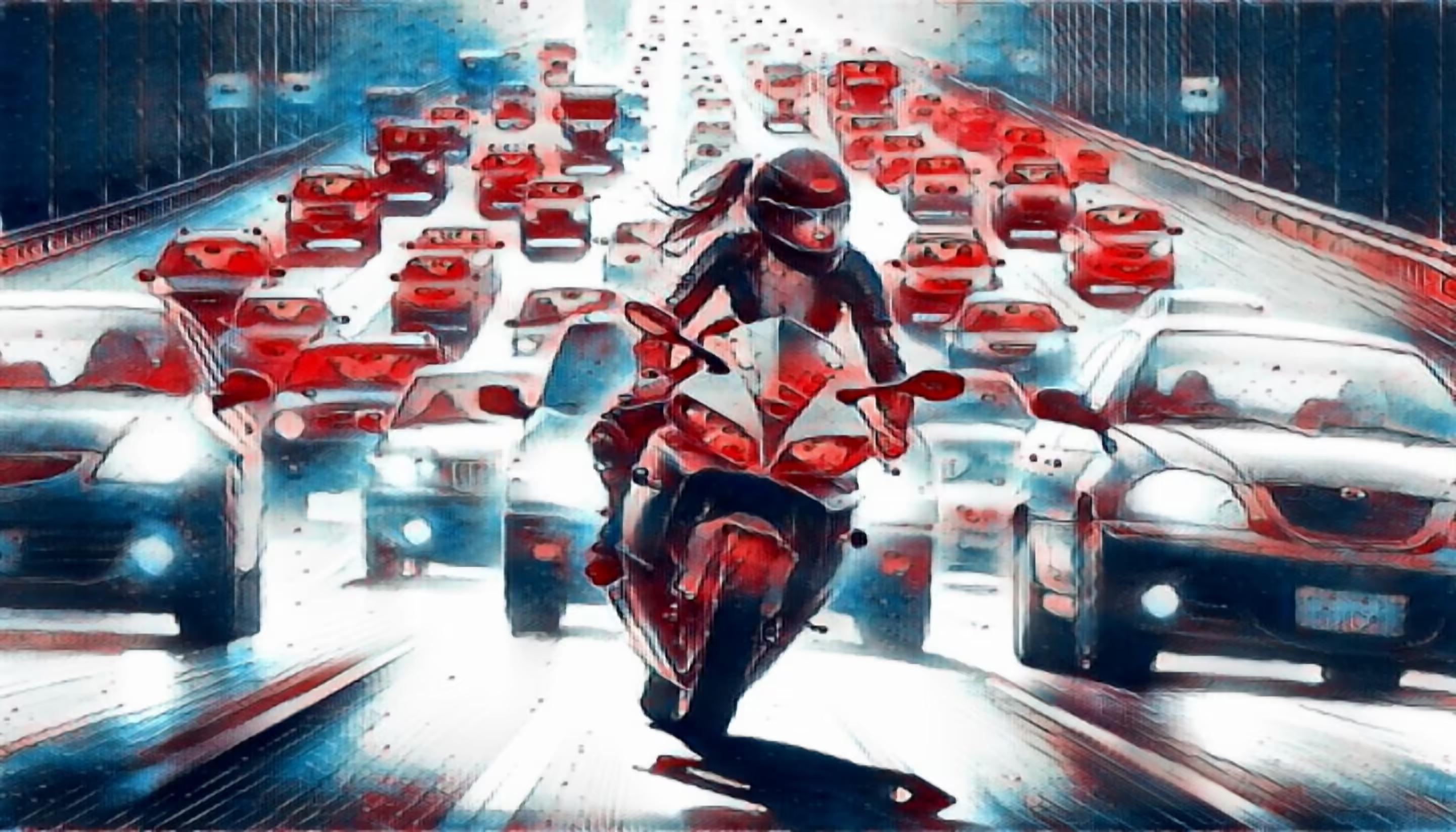California has warm, sunny weather and long highways, offering an ideal environment for motorcycle riding nearly all year round. These driving conditions allow more people to use bikes as daily transportation, but having more cyclists on the road means automobile drivers must be more cautious and vigilant.
Routinely practicing safety measures, like blind spot checking, is vital for the safety of lane-splitting motorcycles. California law allows bikes to share lanes and drive over the dividing lines. Since motorcyclists are exposed, even low-speed impacts can cause severe injuries. It is always important to carefully check your mirrors and sides before changing lanes, as one act of carelessness could be fatal for motorcyclists. Read our article about lane splitting rules in California to learn more.
Inaccurate judgment of distance and speed is a common cause of many motorcycle accidents involving left turns. A typical scenario consists of an automobile attempting a left turn, misjudging space, and continuing through the intersection, striking a motorcycle. Many accidents happen because vehicles cut off bikes. It is best to assume a motorcycle is closer and traveling faster than you think.
To safely share the road with motorcycles, it's best to understand them as much as possible. Bikes and cars have two different driving styles.
The way motorcycles stop and slow down is significantly different than the dynamics of a car. Most motorcycles are stopped by a hand brake for the front and a foot brake for the rear. When these are slammed, they lock up, and depending on which wheel locks up, the bike's reaction will be different:
- Locking the rear wheels will cause a bike to skid.
- Locking the front wheel might eject the cyclist over the handlebars.
- Locking both wheels will almost definitely result in a skid.
A motorcycle skidding from locked brakes may change direction, putting the driver in even more danger.
Often, when a motorcycle wants to slow down for a turn, this can be done without applying brake pressure. Instead, the driver lets off the throttle and shifts down a gear to slow the bike. A car driver should be aware of these techniques to notice motorcycles slowing down in front of them because no brake lights will be visible.
Staying vigilant and undistracted helps keep cyclists safer while driving. Knowing these general facts about motorcycles will go a long way in helping you share the road safely.
